
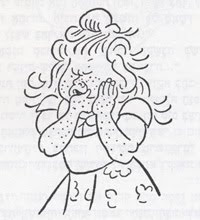



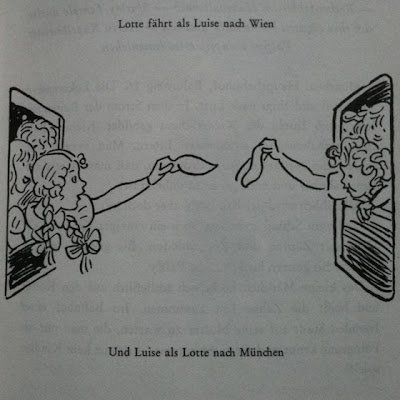








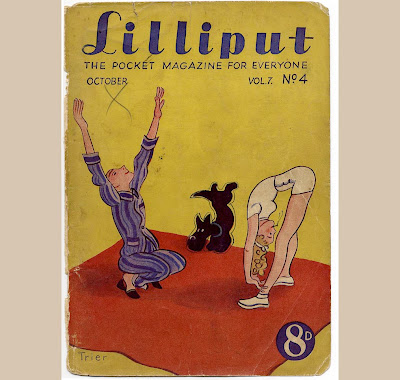





Once a year, or at least every two years, I re-read two books. One of them is 'Das doppelte Lotchen' (The parent trap) and one of them is 'Erich und die Dedektive' (Erich and the Detectives). They were both written by Erich Kaster, a very well known German (in Germany/and other parts of Europe) children's (and also non children's) author.
The stories by Kastner are fantastic, and I will talk more about them at length some other time, I'm sure, but all of his books were illustrated by Walter Trier, and this is who this entry is about.
There is something really special about Walter Trier's work, because while his illustrations are funny and make the book itself a beautiful object to own, he also has this way of drawing characters that are specific, but yet abstract enough so that the viewer can give them more personality themselves. Trier's characters are made of a strange combination of realism, caricature and blank slate. This is noticable especially in the faces. The most important part for us the viewer to be able to relate to the characters themselves. In his illustrations for the Erich Kaster books I am so fond of, it's very noticable that he employs an extreme economy of line when it comes to the faces. Most characters have mere dots for eyes. Two tiny lines on top for eyebrows, a curved line for a nose and another for a mouth. The bare bones. The minimal. Sometimes characters who are not very important in the image or ones who are in the background are missing faces all together, or have parts of them missing. Yet, it does not look as if they are dismembered strange looking characters... we mere realize that they are not central to the story.
The minimal faces we do see, that Are central to the story, are that much more live like to us, because we the viewer are each completing the face in our minds. We are filling in the gaps so to say. In illustration, images that make us the viewer complete an action are referred to as the 'veiled menace'. In order to fall into this category an illustration will have made your mind fill in the gaps, so that in your mind you see a different action than in the original image.
With Trier's faces something very similar happens, but instead of us completing an action, we are completing a character in our minds. In other words, Trier is not 'ruining' the magic of the story for us by showing us exactly what the characters look like. He is still letting us image them, but giving us a few more visual guidelines along with the text. This is I think what make Trier's at first glance perhaps very simple and rough work so perfect for Kastner's stories.
Until recently I knew nothing of Trier's history, and was amazed, but not surprised to find that he was a big fan of toys and puppets. Collecting and making, drawing and including them in his artwork. I also found a really fantastic collection of Covers he did for an anti nazi magazine put out in the 1940's called Lilliput. Check out the link here. Notice that the cover Always includes a guy, a woman and a dog. A fun exercise for an illustrator, no? How many ways could you draw the same concept over and over again?
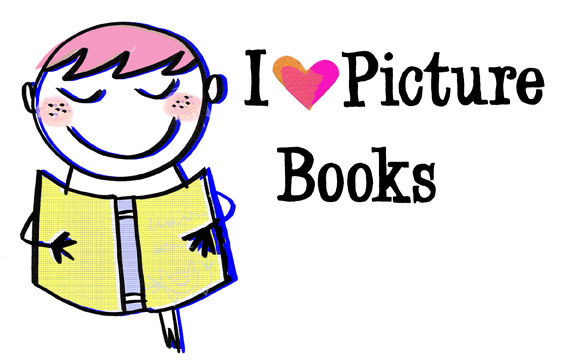




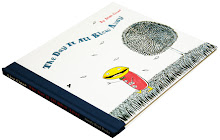
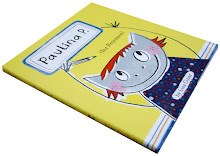
















No comments:
Post a Comment